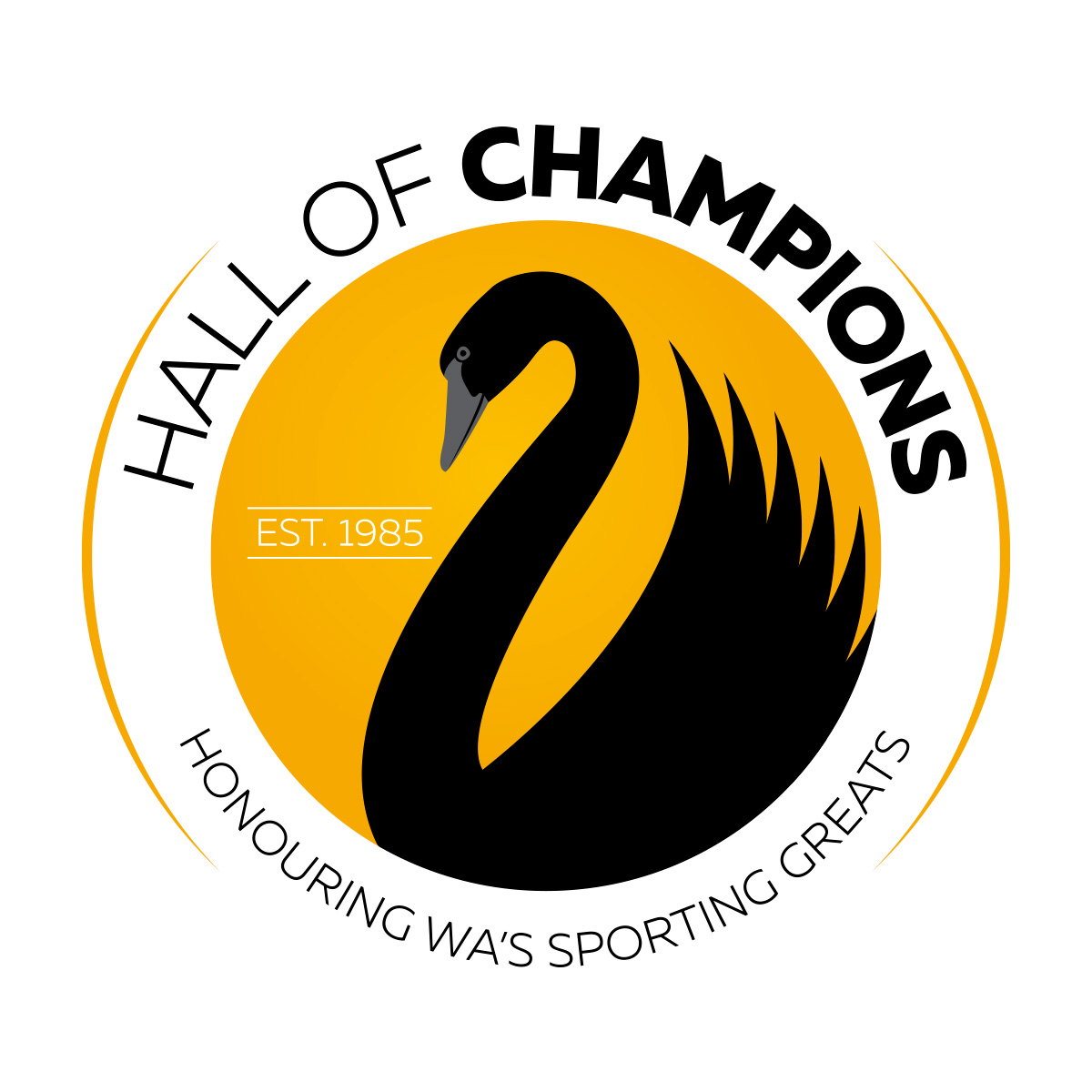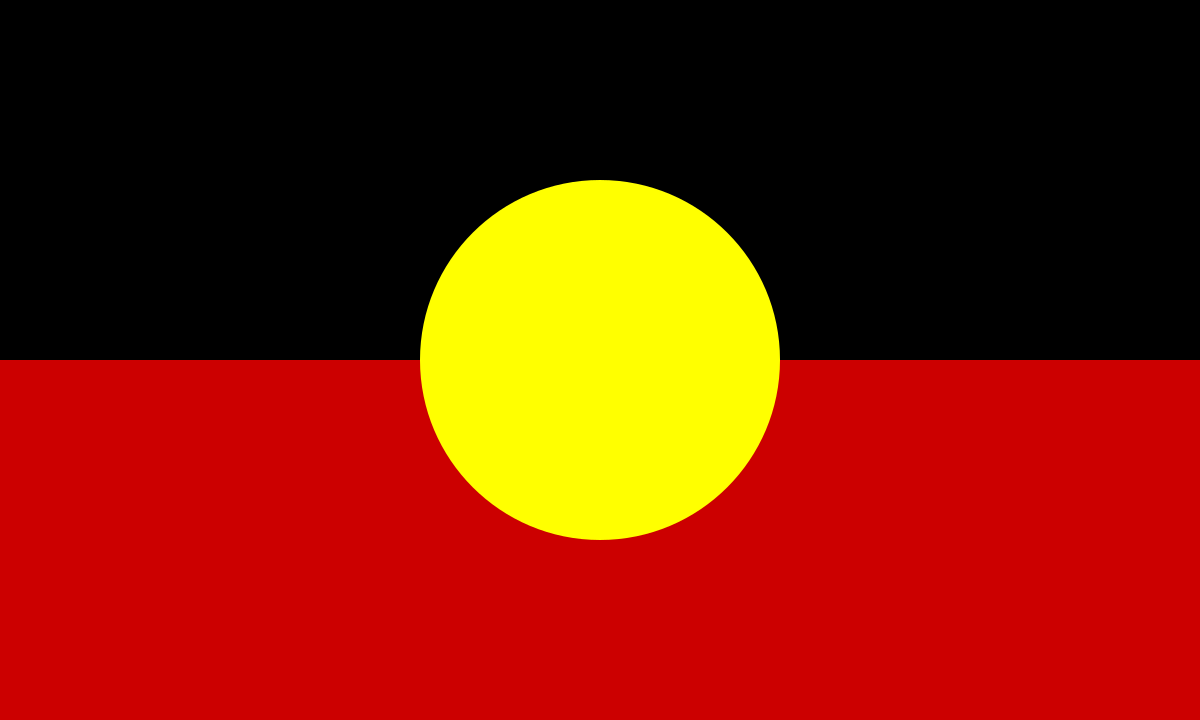Born Perth, W.A.
5 April, 1914 – 24 January, 1945
Tall, long-legged and lean, Sammy Clarke belied his skinny frame to become a champion footballer whose special claim to fame is that he was the first man to win the coveted Sandover Medal twice.
He was only 19, in his first season in league ranks when he won the medal for the first time and remains one of the youngest winners of the award.
Playing at centre-half-back for Claremont-Cottesloe, Clarke won the Sandover Medal in 1933 and 1934, polling 15 votes to beat East Perth rover Herbie Screaigh by one vote in 1933 and his 24 votes gave him a five-vote victory over East Fremantle’s Bub Jarvis the following year.
What made his successes even more significant is the fact that Claremont-Cottesloe (a club which changed its name to Claremont in 1935) finished in last position in Clarke’s medal-winning years. The Tigers won five matches in 1933 and only two from 19 matches the following season.
There is no doubt that Clarke helped to lift Claremont from the doldrums to great heights, with the club contesting the grand final every year from 1936 to 1940. Clarke was in England in 1938, training to be a pilot, when Claremont broke through for their first premiership.
He returned to Perth and in 1939 he was back at centre-half-back and was one of Claremont’s best players in the 19-point grand final victory over East Fremantle.
Tragically, Clarke died at the age of 30 on his first operational flight as the RAAF pilot of a Beaufort bomber in New Guinea in 1945. He had made 133 league appearances for Claremont and had represented Western Australia eight times in interstate matches. He made his interstate debut at 20 in a match against South Australia at Perth Oval in 1934 and three days later he was named WA captain against South Australia at Leederville Oval. He was in the list of best players in both contests.
Clarke, educated at Perth Boys School and Hale School, was captain of the WA schoolboys’ side which played in the national carnival in Brisbane in 1928. He was captain of the Hale School first XVIII in 1930 and when he played for the Pastimes club in Bunbury in 1931 was touted as the best junior footballer in the State. He was also a champion schoolboy high jumper.
He then played for Nedlands and won the Strempel Medal as the fairest and best in the Metropolitan Juniors competition in 1932 before being recruited by Claremont-Cottesloe.
A long-kicking and skilful player, Clarke was noted for his spectacular high-marking prowess. He was courageous, scrupulously fair and tenacious on the ground. After Claremont’s first 84 years in the league competition, Clarke remains the club’s only dual Sandover medallist.


